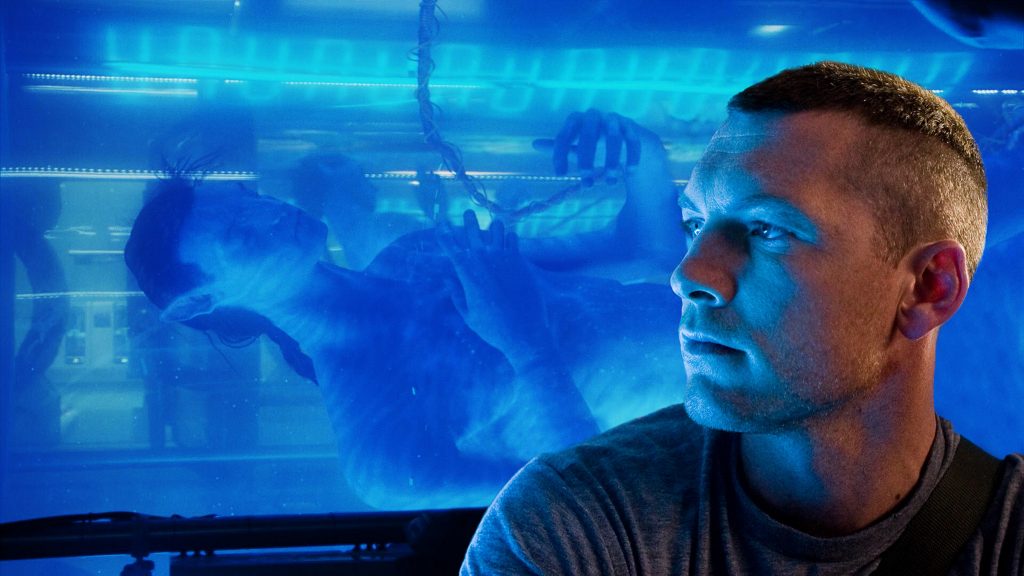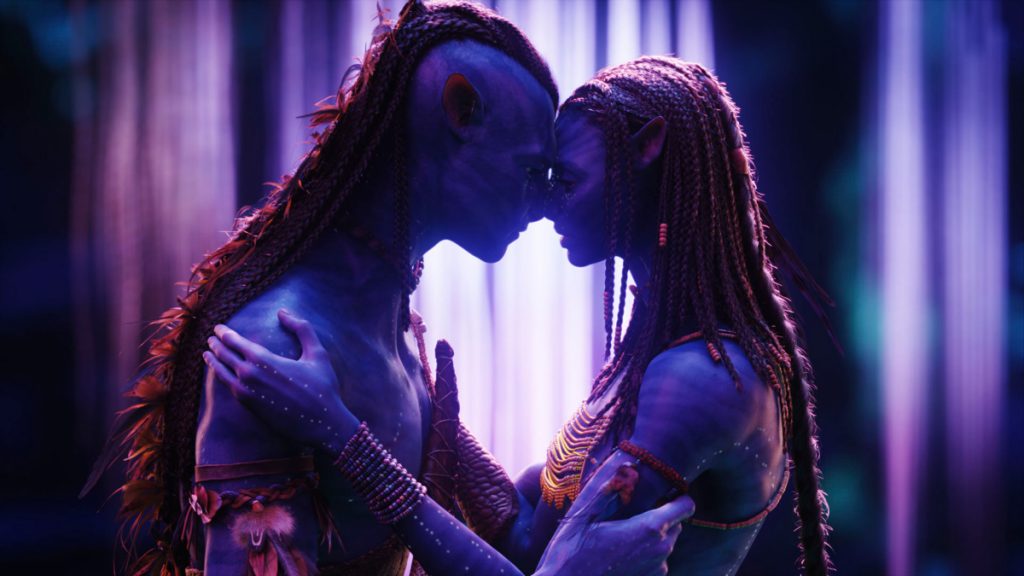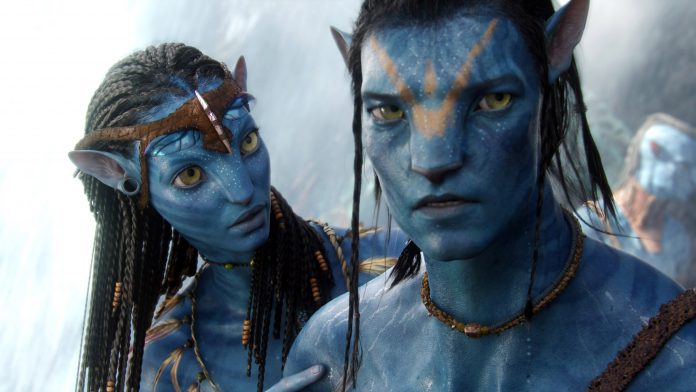Avatar is the film that needs no introduction.
It is the film that seemingly changed the game for modern blockbusters. The film which pioneered a transition in digital 3D cinema. The film that was so ambitious they had to build the technology to make it. And, undisputedly, the biggest film of all time.
It is hard to forget the first time seeing the dazzling, verdant alien rainforests of Pandora; the levitating mountain ranges in the sky, waterfalls cascading into nothingness. The enchanting wildlife, an exhibition of colour and beauty. The crystal, blue water. The charming photorealistic creatures and characters who crept out of the screen, causing a glorious supercharge to the senses. This is Avatar. A breathtaking feast for the eyes and ears.
But yet, it has aged uneasily in the years since its 2009 release. An astronomic box office success, it has been met with a deteriorating audience reception. In a way, its cultural cachet has long since been tarnished due to the undying onslaught of comic book blockbusters. And with the incoming arrival of the much-delayed sequel, there seems to be a general perception that immersing yourself in the world of Pandora is not as powerful nor exciting as it was in 2009.
There is now new footage of the forthcoming sequel, Avatar: The Way of Water, in the form of a two and a half minute trailer. As the title would suggest, a lot of the film is shot underwater. Cameron and his team designing brand new underwater mocap technology which will give underwater filming a whole new look. This is instantly recognisable in the new trailer. The technology here is revolutionary.

The original Avatar was, of course, technologically revolutionary too. Cameron had an incredibly specific vision for his ‘masterpiece’. It is why the level of immersive detail is simply outstanding. It is also why it took so long to release. He mainly worked on a new motion capture system which would better encapsulate human expressions and emotions. It gave the movie a more relatable, genuine touch. This led to the widespread use of the technology across the last decade, especially in big blockbusters and video games.
This was just the start. It would take too long to list all of the innovative, groundbreaking techniques used in Avatar. But the one that stands out is its 3D technology. Cameron designed a stereoscopic 3D camera system which fuses two elite cameras 2 ½ inches apart, mimicking the separation of human eyes.
This 3D system is at the heart of Avatar. All of the glorious beauty of Cameron’s new world pops out of the movie screens with a heightened believability and astonishing depth, allowing the viewer to be completely and utterly immersed in his world. It was an event. A milestone in movie history which contained such visual splendour that it would reward repeat viewings. And that it did.
But 3D filmmaking has long been known as a novelty act of cinema. In the end, the technology became so abundant in Hollywood that it would no longer seem so remarkable. Moviegoers do not want to buy special glasses every time they see a film. Often irritable, often headache-inducing, 3D cinema dramatically fell off, and perhaps Avatar’s cultural legacy fell with it. Viewers do not want 3D, and Avatar made 3D what it is today.
Avatar’s cultural legacy has been heavily criticised. It is often credited as a film that is memorable for being unmemorable. In some ways, this seems fair. Could you name a single character’s name from the film? Most would probably say no. And when the trailers came out for the sequel, Avatar: The Way of Water, the general reaction was, who cares? This is just the start of Avatar’s expanding universe, as Cameron came out recently and noted that a large portion of the fourth film has been filmed already.
Despite the Canadian director’s faith in his franchise, Avatar’s position in popular culture feels almost parodic in current times. Many have ridiculed it for pandering to narrative familiarity. Much of the movie’s lasting discourse has been looking at Avatar as a rehashed, tired Western story, with an unavoidable wealth of similarities to tales of indigenous cultures. Dances With Extra-terrestrial Wolves, if you will.

Perhaps this is true. But take a film like Star Wars. It is a pastiche of popular culture: the hardware is from Flash Gordon, the dichotomy of good versus evil is from the Western, the Jedi are like the samurai and the iconography is borrowed from 2001: A Space Odyssey. Even if Avatar pays homage to film history, it remixed genres in a compelling and attractive way.
Any movie that proves to be this successful successful is destined to be docketed as ‘overrated.’ Despite criticisms that the plot is not overly original, Avatar emerged in an era governed by cinematic universes and already established properties, and for that same reason continues to be distinctive. Its boldness and imagination should not be dismissed.
It is true that Avatar’s cultural footprint is not significant nor timeless. But is that such a bad thing? Why should we care? Too many modern blockbusters are accompanied by feverish fandoms that fold these films into their identity. Fans today can blindly follow franchises. Simple criticisms can be met with heated arguments and threats because of this apologist mindset.
Then against this backdrop, there is Avatar. Its lack of cultural grip almost seems its most redeeming quality. It is the film that millions of people went to see, and millions of people talked about, before moving on with their lives.
A film this grand and this immense can just be a great film without it necessarily capturing the lunchbox market. And you would be naïve to doubt James Cameron’s box office power. Avatar: The Way of Water will still have people flocking to see it. They may go to hate it. They may go to love it. But they will still go.
In today’s world of cinema, there may be a lot to be made from the near-£3 billion film that was met with a casual shrug.
Words by Alexander Marks Mcleod
Support The Indiependent
We’re trying to raise £200 a month to help cover our operational costs. This includes our ‘Writer of the Month’ awards, where we recognise the amazing work produced by our contributor team. If you’ve enjoyed reading our site, we’d really appreciate it if you could donate to The Indiependent. Whether you can give £1 or £10, you’d be making a huge difference to our small team.
